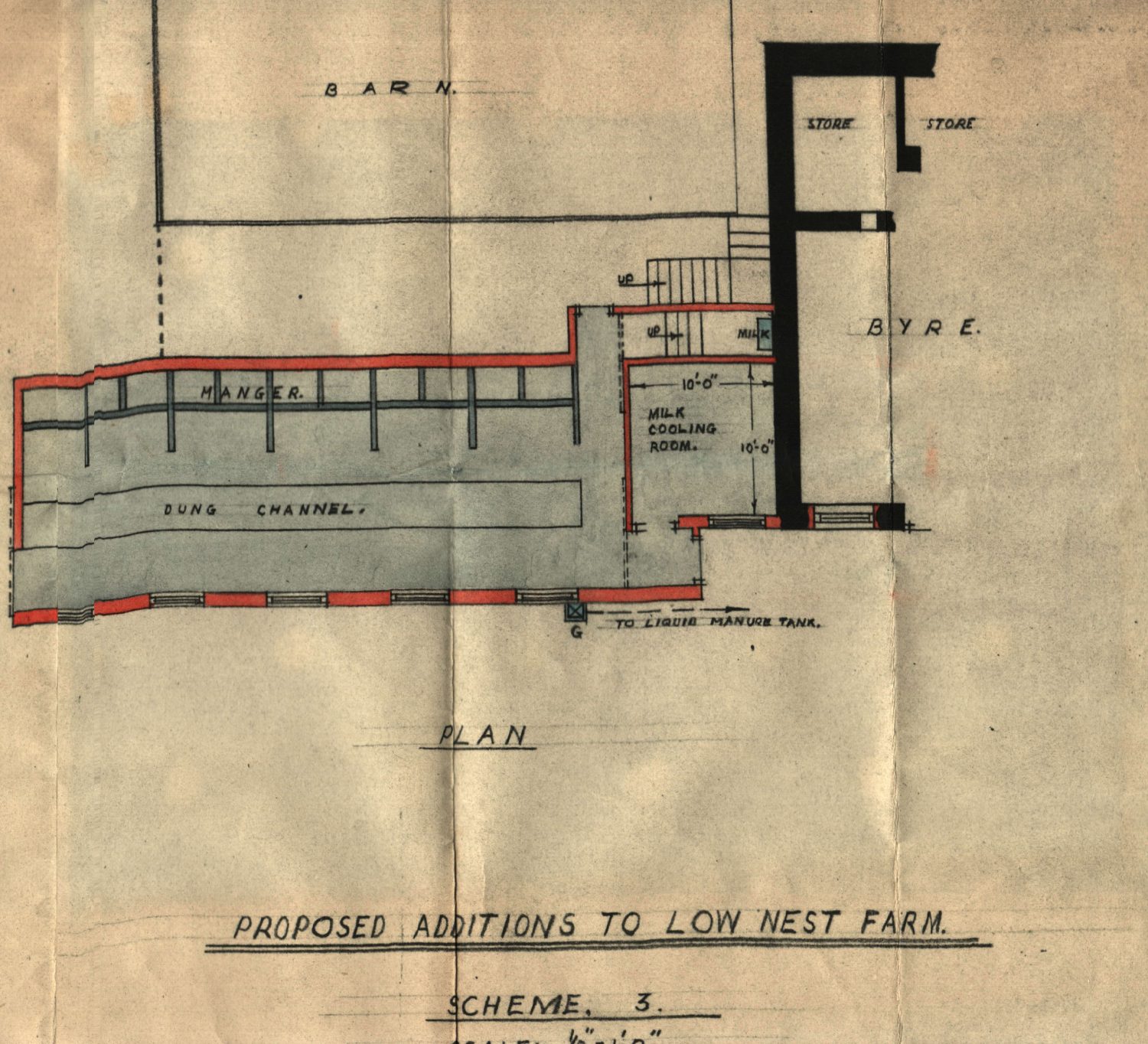How to Hatch Chicken Eggs
We’re hatching chicks! The chickens have been a major focal feature for Low Nest over the last 12 months. With plenty of space we decided to get a couple more chickens, but instead of just buying point of lay 14 week old chickens we fancied a challenge; hatching and raising our own chicks!
This post is just a bit of a guide for anybody looking to follow suite and raise their own chickens from fertilised eggs.
What equipment is required to Hatch Chicken Eggs?
Egg incubator
Fertilised poultry/fowl eggs
That’s it, you really don’t need much to get started. When they hatch and grow, then you need a lot more kit!
What is an egg incubator?
An incubator simulates the heat and humidity of a nesting hen. A broody hen will spend 21 days sitting and meticulously tending to it’s a cluster of eggs, not going out to eat or drink. The most basic set ups only maintain temperature and humidity. However spend a bit more and you can get incubators that will also turn the eggs. Turning the eggs, so they don’t grow un even in the egg is critical. A mothering hen will naturally turn all her eggs on a regular basis. If you have a basic incubator then you will have to turn the eggs 3 times a day (more on this below).
Some people do build their own. You can do this and you can buy some really cheap ones. However you pay for what you get. In the UK the most recommended brand is Brinsea, they’re not just market leaders but really the only choice.
The key things to look for is a thermometer and ideally a hygrometer as well as an egg turning function. However ours doesn’t turn the eggs as we like to do this, it just adds to the routine for us.
Where to buy Fertilised Chicken Eggs
Where do you buy fertilised chicken eggs? No, not the shops! Without going into biological details; a rooster has to be involved, and no egg farm has a rooster on site. The best thing you can do is ask a local farmer or chicken keeper. However; you can also buy online. The big risk of online ordering is damage caused during postage.
In the wild (or back garden), a Hen wouldn’t immediately sit on a cluster of eggs. Simply because it doesn’t produce 6 eggs at once. It will build up a collection over a couple of days. So it is quite natural for eggs to sit out in freezing cold temperatures for a couple of days, even weeks, before they are sat on to be hatched. When you get your eggs don’t rush to put them into the incubator. Let them rest at room temperature with the pointy end pointing downwards.
Step 1 – Set up and adding the eggs
Get your incubator set up 24 hours in advance. It will get up to temperature fairly quickly, however this time allows you to check it is at the right temperature. Different poultry and fowl require different temperature:
Chickens: 37.5 – 37.6C
Pheasant: 37.6 – 37.8C
Quail: 37.6 – 37.8C
Ducks: 37.4 – 37.6C
You’re looking to maintain a humidity of around 75%. This is done on most incubators with the addition of a water well. You can generally top the water up from the outside, so as to avoid too much interference.
Before adding the eggs, mark one side of them with an “X” and the other side with an “O”. Doing this allows you to track the rotations.
Step 2 – First 7 Days
If you’re having to manually rotate the eggs then do so a minimum of 3 times a day and always an odd number. Doing it an odd number of times avoids the risk of one side being left facing the same way two night in a row.
Step 3 – Day 8 to 18
After Day 7 or 8 you can start to “Candle” the egg. This basically means you put a light up to the base of the egg and allows you to check the development of the embryo. It’s also a very cool thing to do!
You can buy specific lights, I think some incubators even have them built in. However a torch and a toilet roll to hold the egg and direct light is just as good.
Step 4 – Day 19 to 21
It’s now time to leave the eggs alone for the final push, no more turning.
Step 5 – Hatched!
Yay, the eggs have started to hatch! Just remember that in the wild hatching has a 75% success rate. In an incubator it can very easily be zero. So if it doesn’t work this time then try again!
But if you eggs have hatched. The head and beak will poke through first. The chick might then take 8 to 12 hours to rest an acclimatise to the fresh new world. After that it will break itself free and dry off in the warmth of the incubator.
Don’t worry about moving it over to the Brooder immediately. A chick can survive a couple of days in an incubator. But once it’s active and moving for 12 to 24 hours, move it over to the Brooder.

